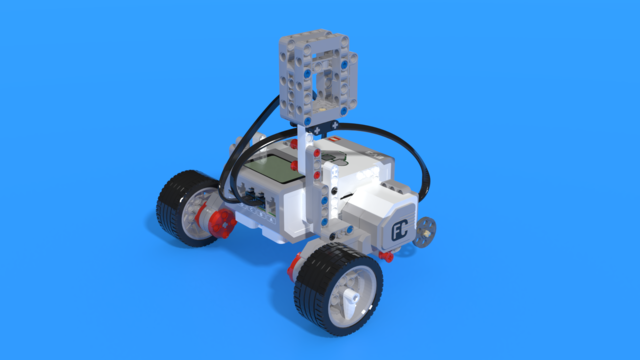An example of an object is the motor you are using. Let's look at how a program that moves both motors would look if we extracted the ports into variables named "left_motor" and "right_motor":
# Create your objects here.
ev3 = EV3Brick()
left_motor = Motor(Port.B)
right_motor = Motor(Port.C)
# Write your program here.
left_motor.run_time(500, 3000, Stop.COAST, False)
right_motor.run_time(500, 3000, Stop.COAST)
Notice that the "run_time" commands can be called from the "left_motor" and "right_motor" variables. Now if we wish to change the actual port of the left motor, all we have to do is change the variable at the beginning of our program:
# Create your objects here.
ev3 = EV3Brick()
left_motor = Motor(Port.D)
right_motor = Motor(Port.C)
# Write your program here.
left_motor.run_time(500, 3000, Stop.COAST, False)
right_motor.run_time(500, 3000, Stop.COAST)
Other examples of objects can be the sensors you use or devices such as the microphone in the LEGO controler



